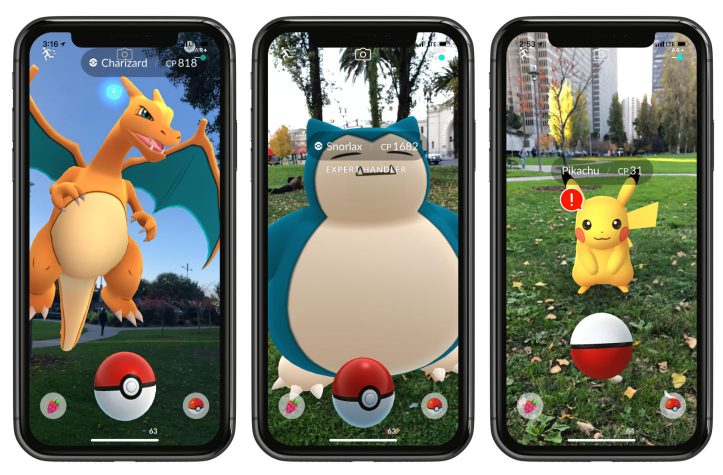

The result: instead of usage declines, it was able to ride the wave of gaming’s broader COVID-era inflections. Here we’ll credit Niantic’s ingenuity to pivot quickly and adjust game mechanics to accommodate distanced play (though it may have tried to roll back those changes too soon). Indeed, global lockdowns and shelter-in-place orientation don’t align with the game’s migratory play. One of the remarkable things about Pokémon Go growth and its sustained play over five years, is that the above recent record-setting period in 2020 and ’21 coincided with a pandemic. Pokémon Go’s lifetime revenue is also notable - again an estimated $5 billion - making it by far the biggest consumer AR commercial success in terms of user/player spending.**

Part of that trendline (without the full-year projections) can be seen in Sensor Tower’s chart below. Mobile AR IAP is projected to reach $2.57 billion in 2022. This aligns with the above $1.7 billion estimate, given Niantic’s dominant market share. Panning back, our research arm ARtillery Intelligence projects aggregate mobile AR in-app-purchases (IAP) at $1.9 billion in 2021. Its FY 2021 outcome will likely be closer to $1.7 billion given its revenue growth pace. This is 34 percent greater than 2020 on a year-over-year basis, and puts it on a $1.3 billion annual run rate. Zeroing in on 2021, Pokémon Go has already reached $642 million in the first half of the year. The latest figures from Sensor Tower estimate* that the game has made $5 billion in lifetime revenue as it passes its fifth birthday. Though generalist tech press have moved on to other shiny objects, Pokémon Go is at the height of its popularity and continues to break records.


 0 kommentar(er)
0 kommentar(er)
